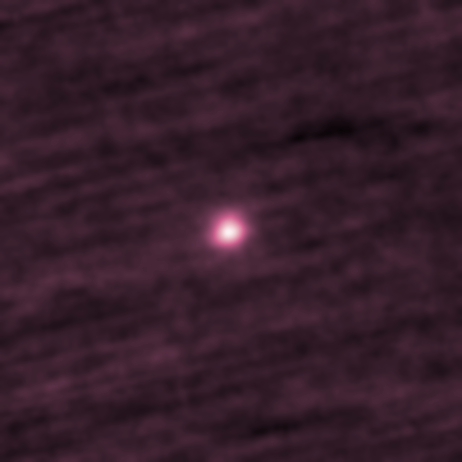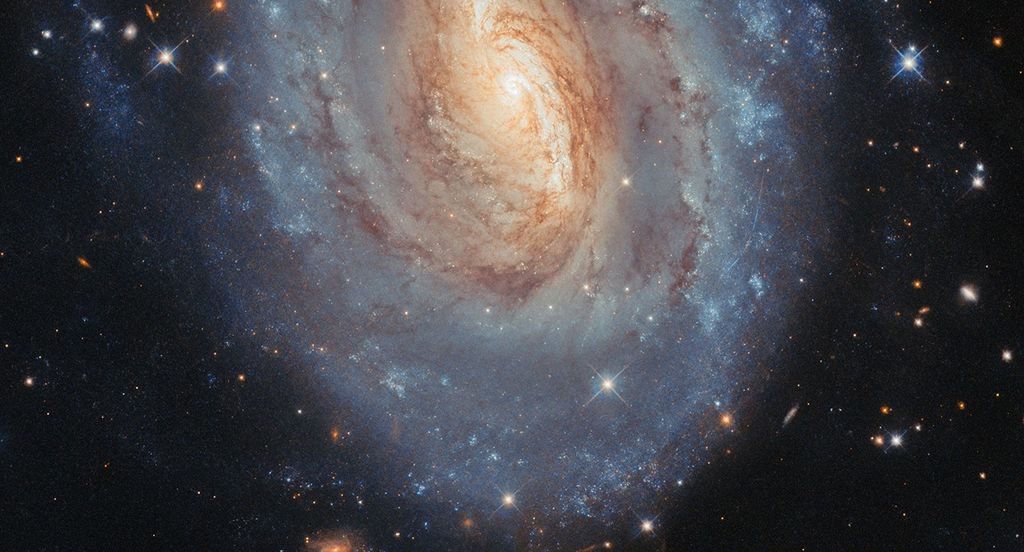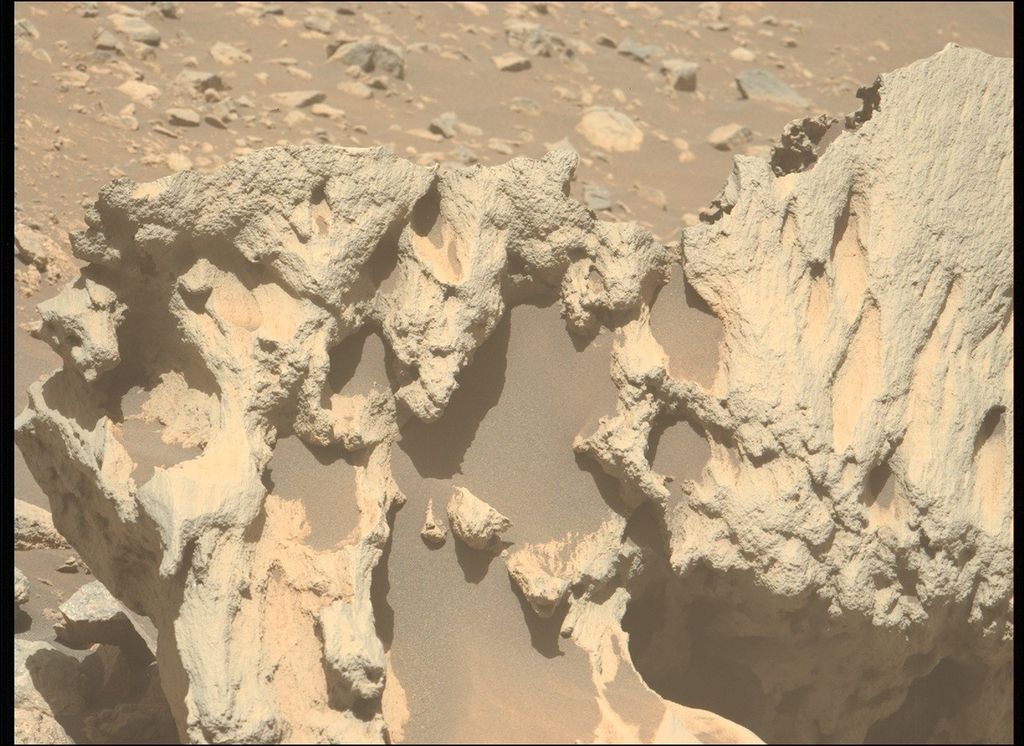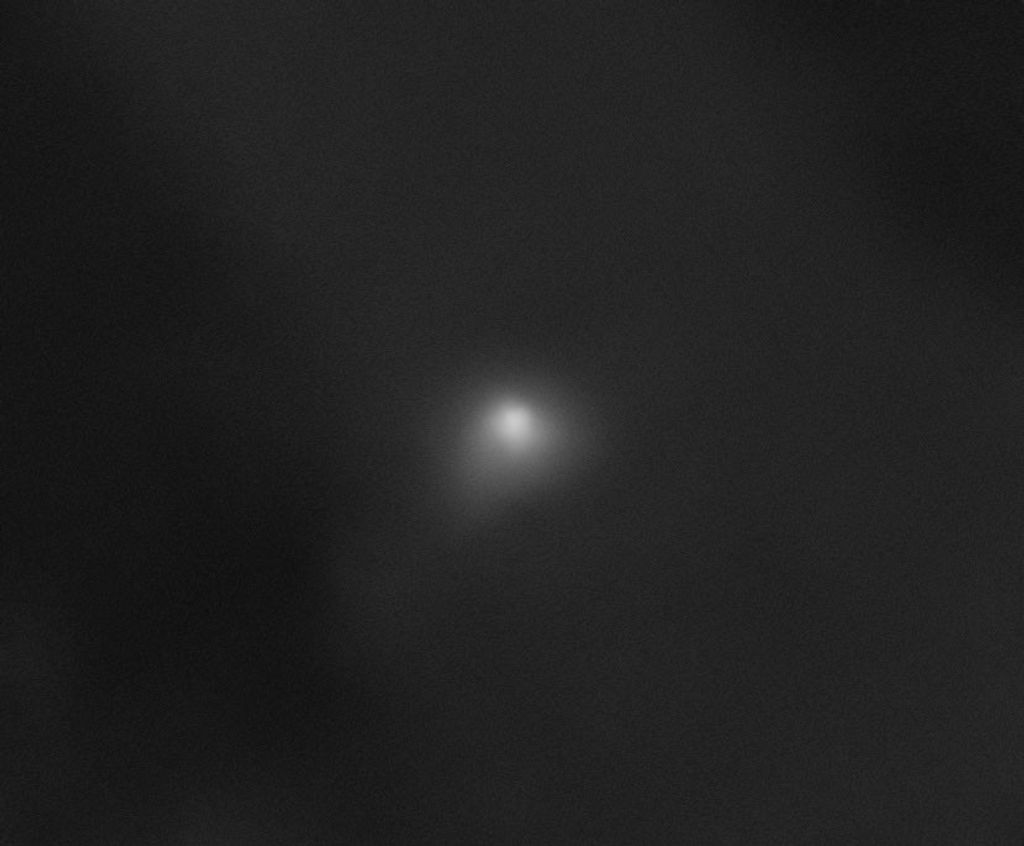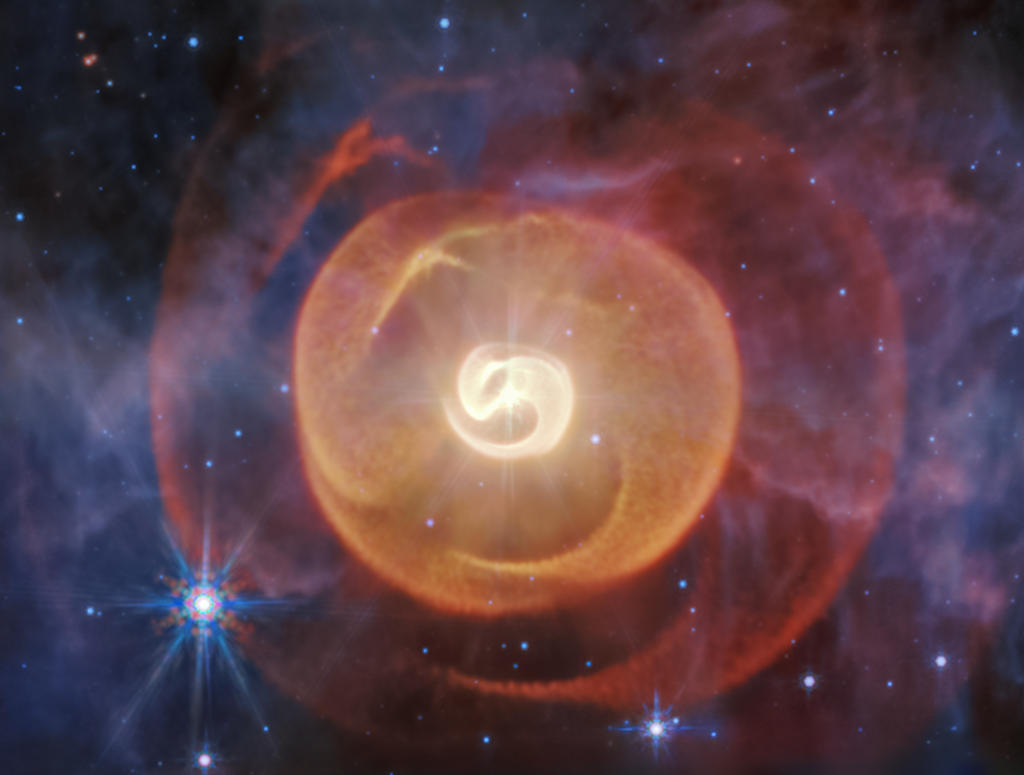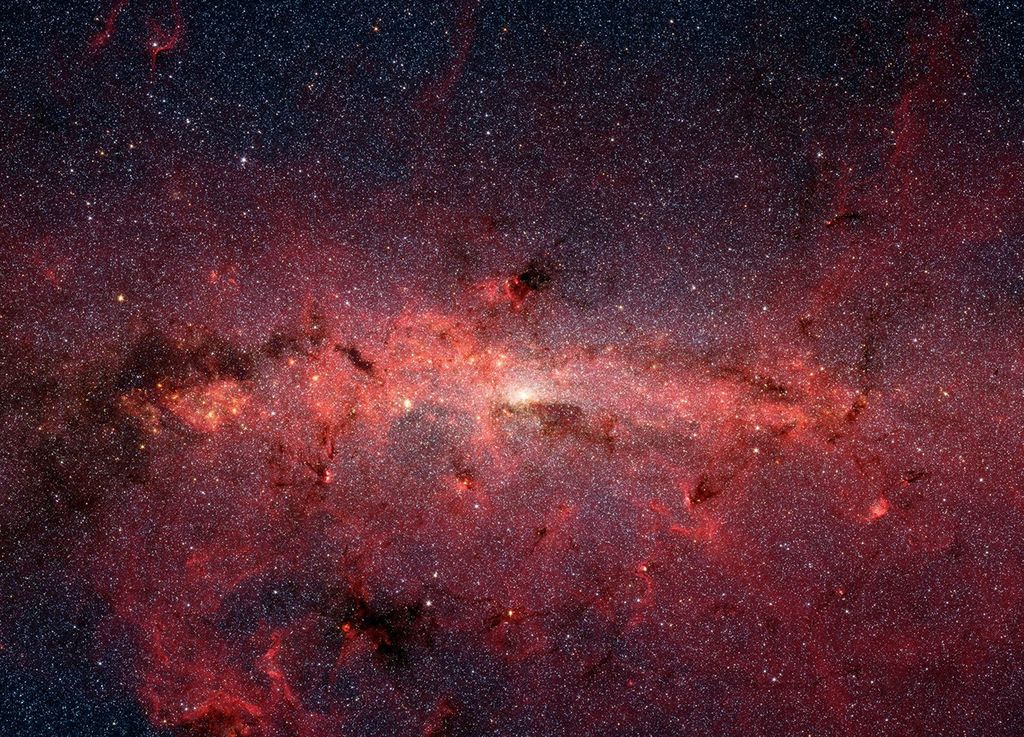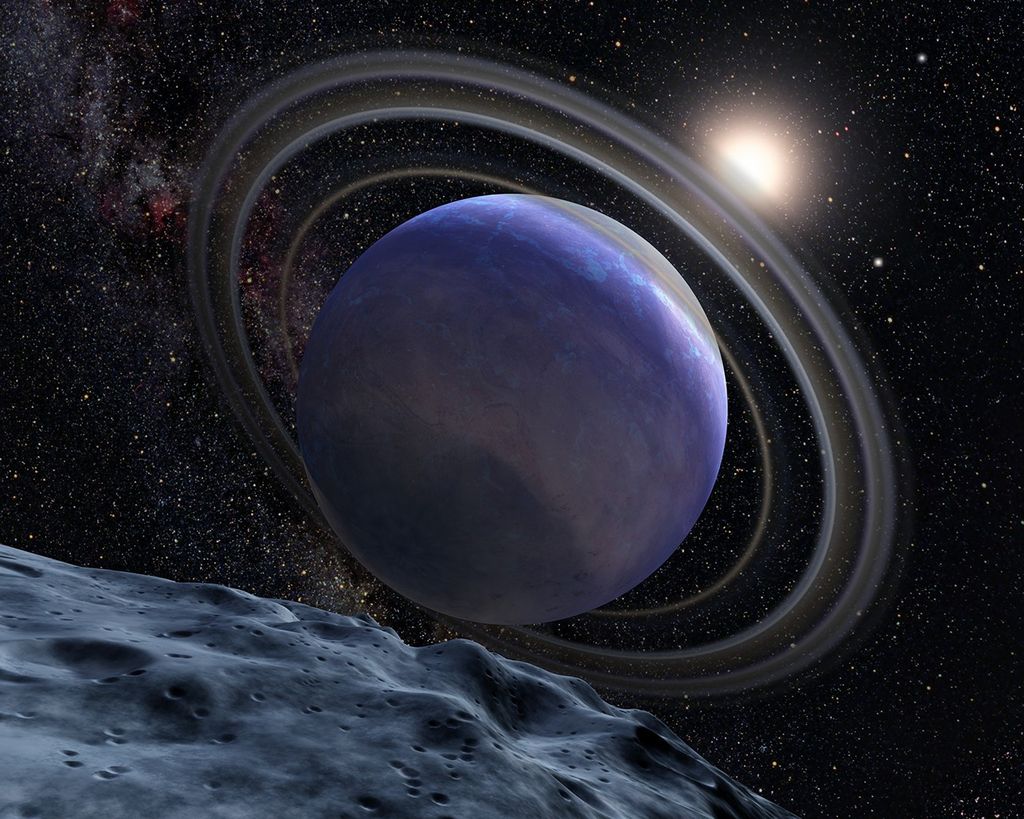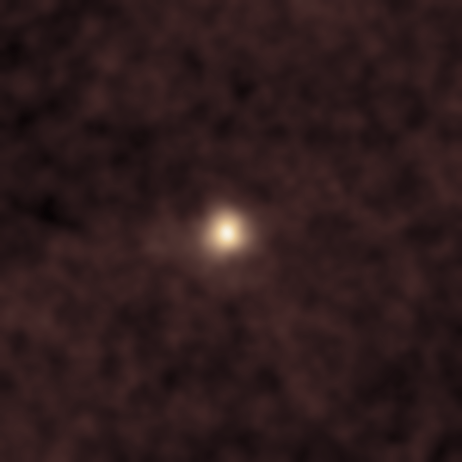NASA’s STEREO (Solar Terrestrial Relations Observatory) observed interstellar comet 3I/ATLAS from Sept. 11 to Oct. 2. The STEREO mission, designed to study the Sun’s activity and its influence across the solar system, is part of a fleet of NASA spacecraft observing this comet, together providing more information about its size, physical properties, and chemical makeup. […]
NASA’S STEREO Observes Interstellar Comet 3I/ATLAS
